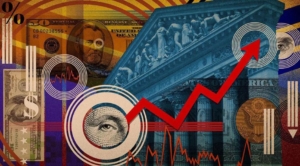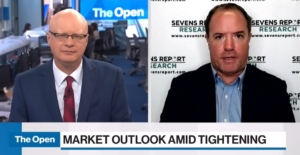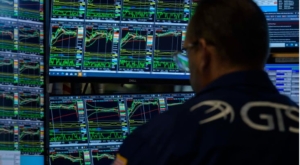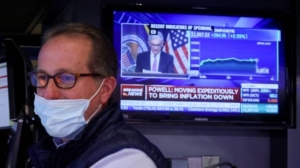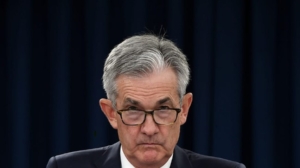Tom Essaye Quoted in Blockworks on September 2nd, 2022
Higher-than-expected Jobs Report Not Enough To Push Stocks, Cryptos Green
The question for markets here is, at what point do investors begin to cheer the resilience of economic growth this year in the face of historically aggressive Fed policy tightening that is now beginning to show signs of being effective in capping and likely reducing inflation pressures? Tom Essaye, founder of Sevens Report Research, wrote in a note Friday. Click here to read the full article.
